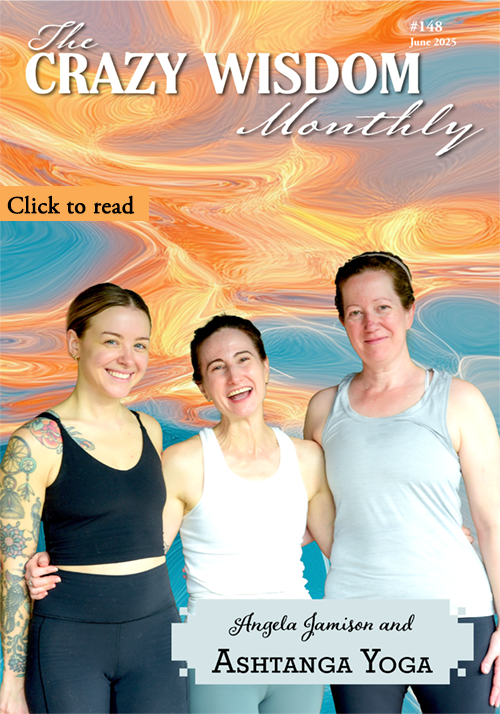By Nancy Wolfe
“A Picture is worth a thousand words.”
This quote is sometimes attributed to Napoleon Bonaparte, who said, "A good sketch is better than a long speech." Creating a journal with images and words is a place to honor your experiences through exercises that expand your own process of describing your world and your distinct expression of it. It is a journey into the heart of self-expression, free from competition and comparison.
I was 43 years old when I took my first art class at Eastern Michigan University. Brush in hand, I had this feeling of inner fulfillment and joy. I was fortunate, abstraction was accepted, and I painted on a large canvas on the floor. I decided after that experience, to take a drawing class.
Most of my own paintings are abstract but with something recognizable within it. In some of my artworks, I like to add a word or a phrase to the surface of the work. At times, the word comes as a spontaneous reaction to the canvas or paper I've painted on, or I open pages of a book that I've been reading or have formed an attachment to. I'll read for a phrase that makes a visceral connection to my work. I usually do not form a title to a work until I am midway into my process.
One painting I called “My cup of Ocean” and I wrote that freely on the artwork. It was based on a conversation with a friend, both of us dreaming about wanting to move near the ocean. I painted “My cup of Ocean” on a large canvas with dark blue background. Once I painted a very large canvas of a Yam and wrote on the canvas “What makes a Yam Beautiful.” I saw a variation of these words under a small photograph in an article about Chanel titled “What makes a Woman Beautiful.”
Read related article: A Conversation with Ari Weinzweig about Journaling
A yam visually reminds me of a curvy figure, as a sculptured object. The muted orange color is exquisite. The threads go in different directions. A yam is strong despite its bruises—whether from mishandling or growing under the ground. I love to touch the yams as I pick them out, large in the center tapering off at the ends. Of course, the bonus is its sweet taste.
My paintings are “freedom” for me. My process has become something like magic as I intuitively use my “senses” to paint. When I am teaching, I offer my students techniques within exercises that broaden their awareness of their own capacity to do “art,” and to acknowledge the importance of finding and accepting one's own approach in the vast “vocabulary” of the art world of today. I have been teaching a visual journaling workshop for the last 23 years. It is designed to open new paths to communicate experiences and encourage self-expression through both imagery and words.
Students work with sound, color, memory, poetry, music, and mythology in exercises and projects that help expand creative thinking. We emphasize process over product and have five core tenets: Everyone is welcome regardless of experience, every student has something to say, consider everything as an experiment, we learn from each other, ideas are welcomed, there is no right or wrong, and exploration is valued.




































































































































































































In winter, they brumate. A word that suggests mist and fog: “La brume,” pale smoke twisting and wending, shedding tendrils and opening portals. The etymology is successive. From French, mist and fog; from Old French, winter; this derived from bruma, Latin for the Winter Solstice.